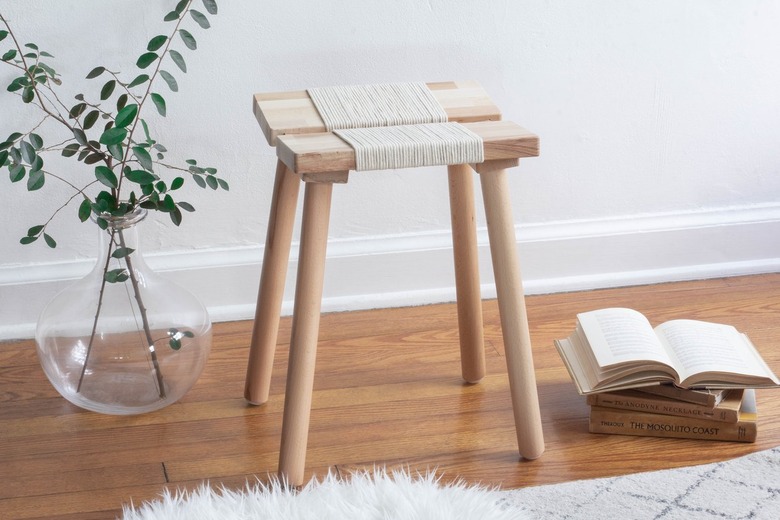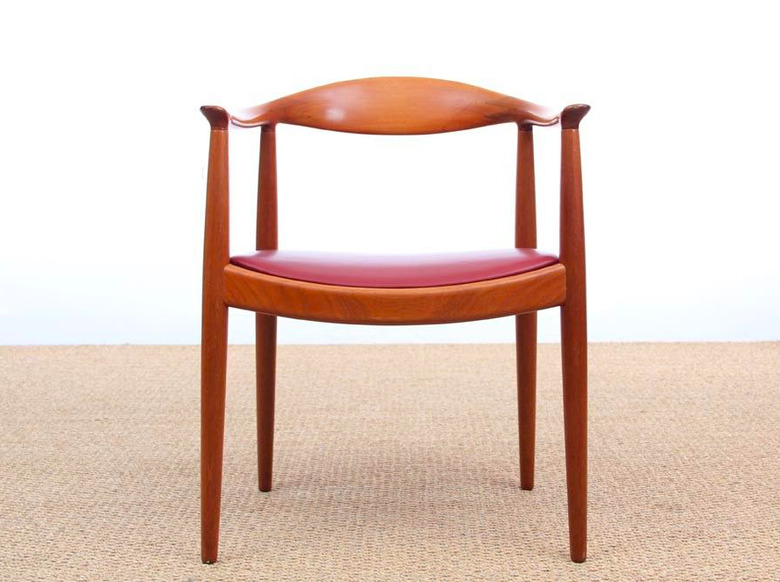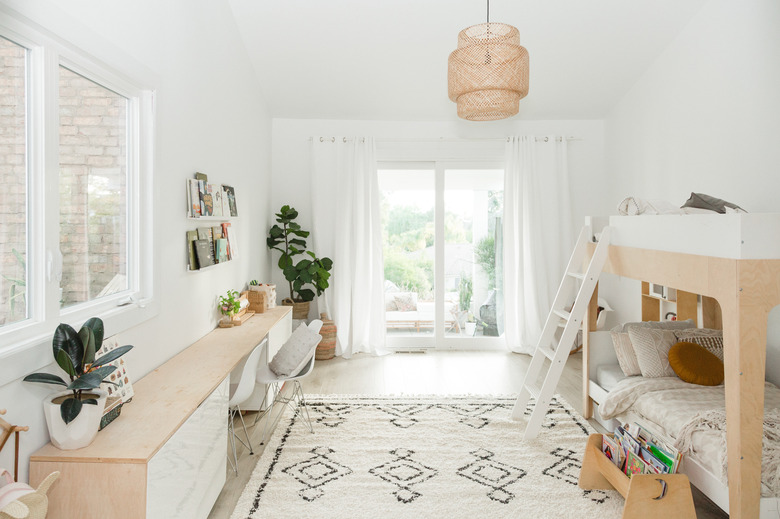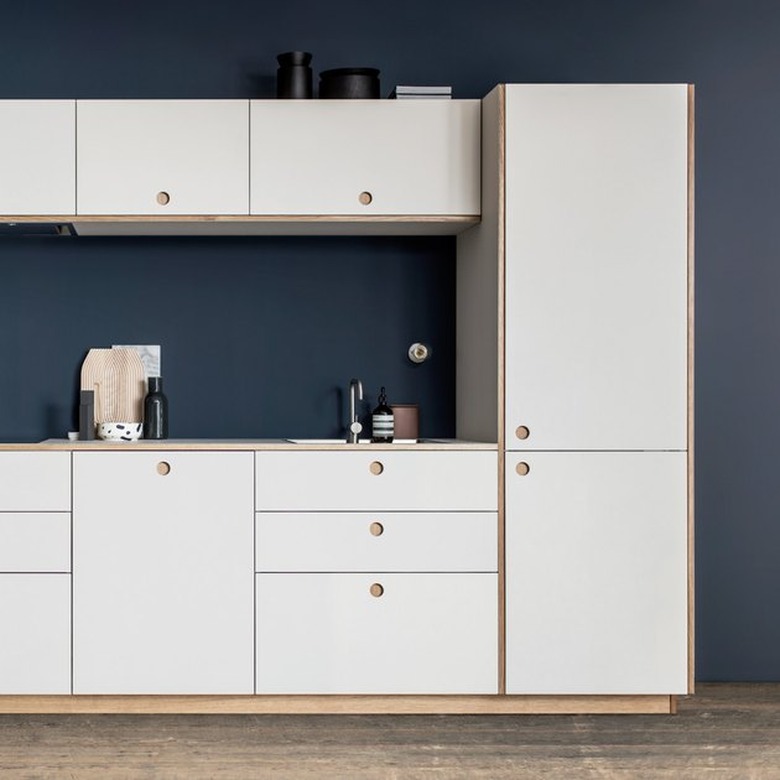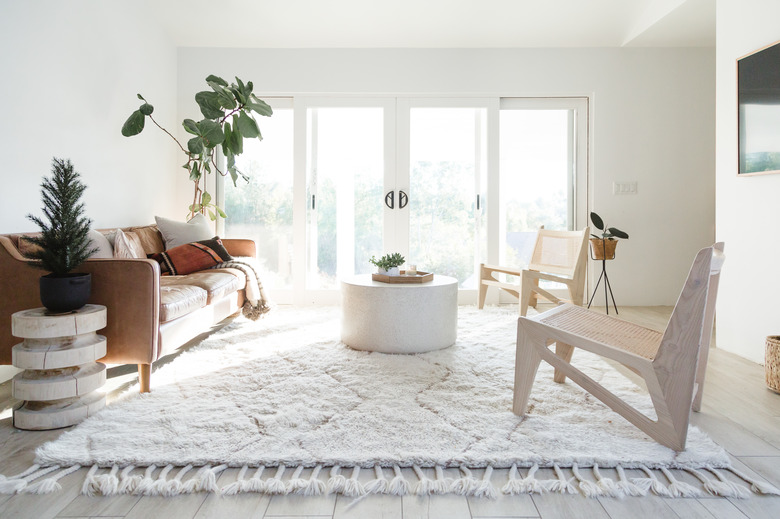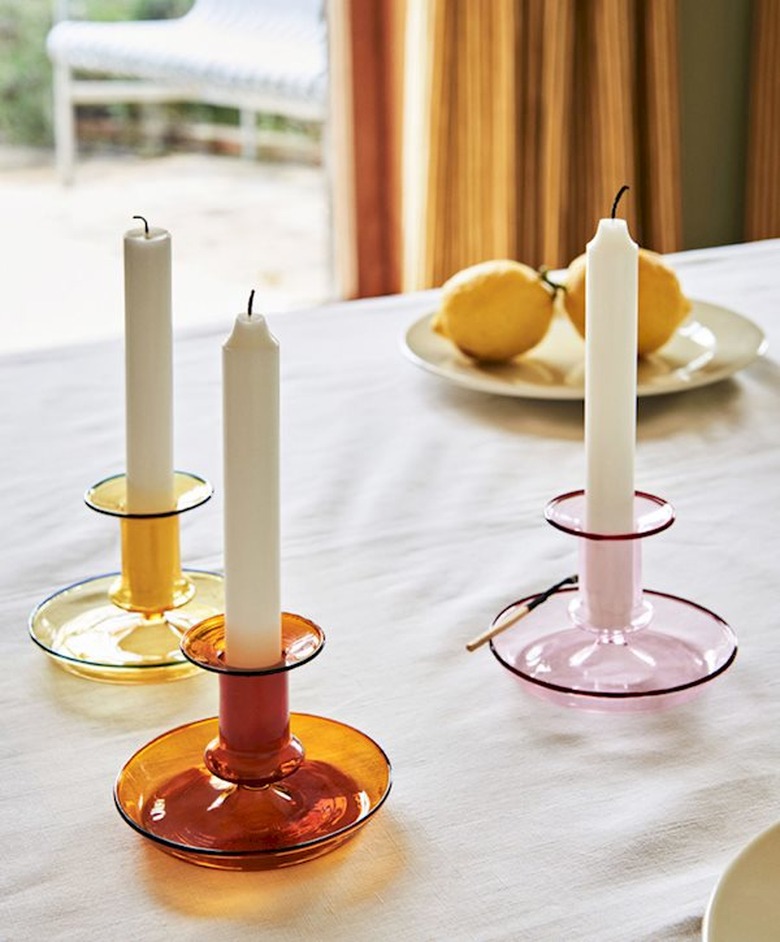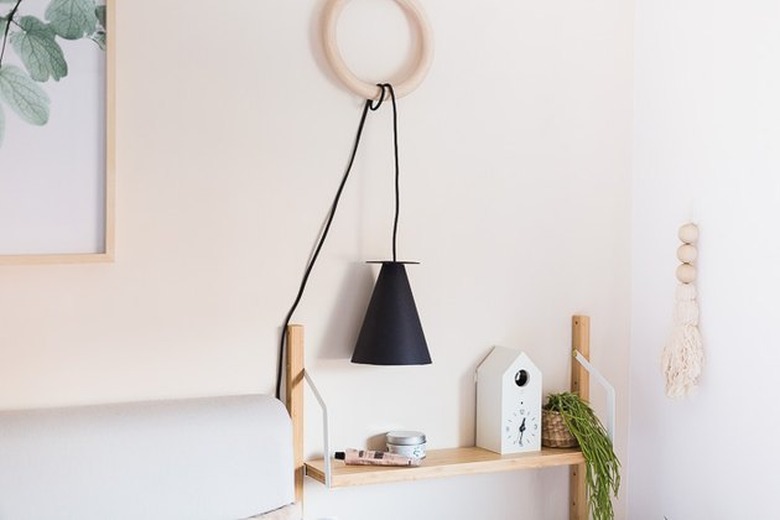Scandinavian Design 101: From Its Origins To Modern Inspiration For Your Home
As much as you might associate the dreamy aesthetics of Scandinavian design style with the inspo images you see on Instagram and Pinterest, the style came to life way before these channels even existed. The modern chapter of Scandinavian design started roughly around the 1930s and its influence can still be seen.
In Danish Modern, Andrew Hollingsworth writes that "Danish exports to the U.S. increased almost fivefold" in the years between 1950-1954. That meant "about 50% of all Danish furniture produced in Denmark during this period was exported to the United States." Of course, knock-off versions of iconic designs also became a thing around the 1960s. The love for the style has sustained itself during the decades, with a peak during the 1990s, according to Hollingsworth.
Here's a quick look at Scandinavian design and how you can incorporate it into your space.
Influential Scandinavian Designers
The history of Scandinavian design was shaped by some seriously talented designers. Some of these names also contributed to other areas — like architecture — so their influence is widely felt within the style.
For starters, Kaare Klint is often referred to as the father of Danish modern design. He mentored and taught students who became iconic figures in the field — like Grete Jalk, Ole Wanscher, and Jens Risom, to name just a few. Many of of the style's most lauded designers, such as Niels Otto Møller, initially trained as cabinetmakers (Scandinavian design, in general, is very much steeped in this tradition).
Designers like Finn Juhl were particularly interested in organic and sculptural forms. Verner Panton's 1960 Panton Chair pushed the design envelope; it's crafted from a single piece of plastic.
Some designers even crafted pieces that became instrumental in major cultural moments. Hans Wegner's 1949 Round Chair (aka The Chair) was part of the 1960 presidential candidate debates between Richard Nixon and John F. Kennedy. Poul Kjærholm's 1956 Triennale Chair and Jalk's 1963 GJ Lounge Chair are now part of the collection at the Museum of Modern Art. Many designers, like Nanna Ditzel, opened their own design studios and received awards for their contributions.
How to Incorporate Scandinavian Decor Into Your Home
We're constantly encountering stunning Scandi-inspired spaces on the gram and IRL, and they all have a few key elements in common. Think neutral colors, natural materials, and clean lines.
Scandinavian design also brings to mind the huge popularity of Hygge, a concept that's all about slowing down and making your home cozier. Think of ways to layer your modern, chic pieces with soft textures for a welcoming, sophisticated space.
Can't wait to get started on your next Scandi-inspired space? Here are a few tips for how to bring the aesthetic to each room.
Your dining room can be a great opportunity to show off your favorite Scandinavian furniture pieces. Opt for chairs in natural materials and lighting that is either simple or sculptural and eye-catching. If you want to make the space feel even cozier and communal, consider swapping your chairs for a bench.
If you're thinking of entertaining soon, bookmark this DIY flatware pocket to complete your Scandi-chic tablescape. Keep your overall dining room decor simple, except for a tapered candle or minimal vase here and there.
And don't forget about your kitchen, either.
"The overriding duty of Scandinavian kitchens is functional efficiency, yet one would be hard-pressed to find examples that are cold or characterless," Heather Smith MacIsaac and Lars Boldander write in Lars Bolander's Scandinavian Design. Scandinavian kitchens are decorated to create a sense of "warm hominess."
Think about the color palette of your kitchen first and foremost. Do you want pop of hue here and there? Or do you envision a more muted palette, with light wood cabinets? One easy trick that actually changes the mood of a space: consider removing the hardware of your cabinets for a minimal vibe. Don't forget the small details: If you plan on displaying storage jars and containers, use this IKEA hack to turn them into Scandi-inspired gems.
In your living room space, think about layout but also standout pieces. Use seating as an opportunity to incorporate pieces with sculptural shapes (like curved furniture). Accessorize with plenty of soft textures to create those cozy Hygge vibes.
When it comes to your bathroom, the Scandi look might not seem as obvious, but you can use a lot of the same elements we've already mentioned. Keep the theme of simplicity going by using white or neutral bathroom accessories. Hang plants in the space for a soothing effect. And don't be afraid to experiment a little — choose a patterned or pastel tile to add a little more visual interest.
Where to Shop Scandinavian Decor
We spend a lot of time shopping online and IRL, and you can bet we've got quite a few Scandinavian brands bookmarked. And yes, IKEA absolutely takes a spot at the top of the list. But there are so many other places to explore, too. Take, for instance, the Danish collective HAY, founded in 2012. The company carries everything from eye-catching mugs to sophisticated furniture. You'll just have to check and see if there's a dealer near you (or visit their Portland store if you're in the area).
We're also crushing hard on brands like Arper, Asplund, Bolia, Gubi, and Hem. And last but not least, Etsy is also a goldmine for Scandinavian decor finds. You can find everything from lighting fixtures to vases to trivets on the online marketplace.
DIY Scandinavian-Inspired Projects
Because we love the decor style so much, we've done quite a bit of tinkering with DIY projects, too. If you want a more hands-on approach to your Scandi-inspired look, set aside a day or two and try these projects:
Scandinavian Wooden Christmas Tree
IKEA Hack: Scandi-Inspired Containers
